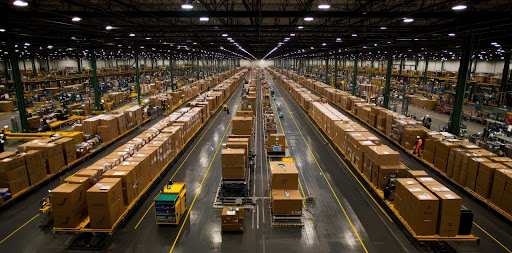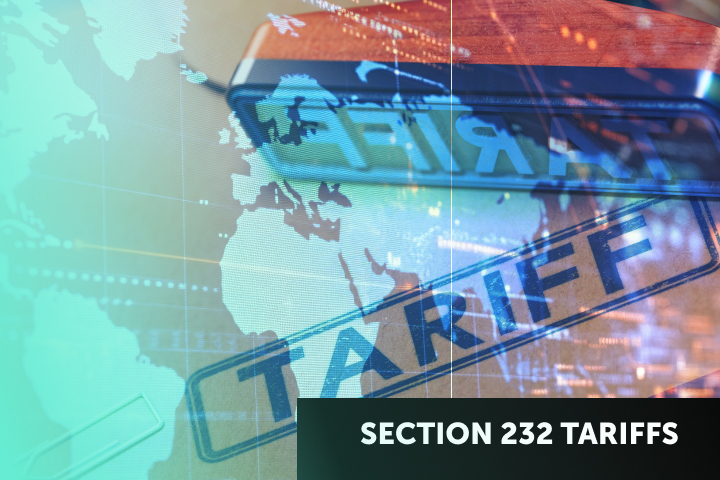Time to read: 3 min
Maker Faire Bay Area holds a special place in our hearts: three years ago, two brothers showed up with a small booth, to hand out business cards and take orders for Fictiv—a radical new 3D printing service powered by a distributed network of top-tier vendors.
Fast forward to Maker Faire 2016, the Fictiv team joined Mindtribe at the wild and wacky Power Racing Series with our custom-built power wheels electric race car, aptly named the Bananaghini after the banana-like color of our stylish Lambo:
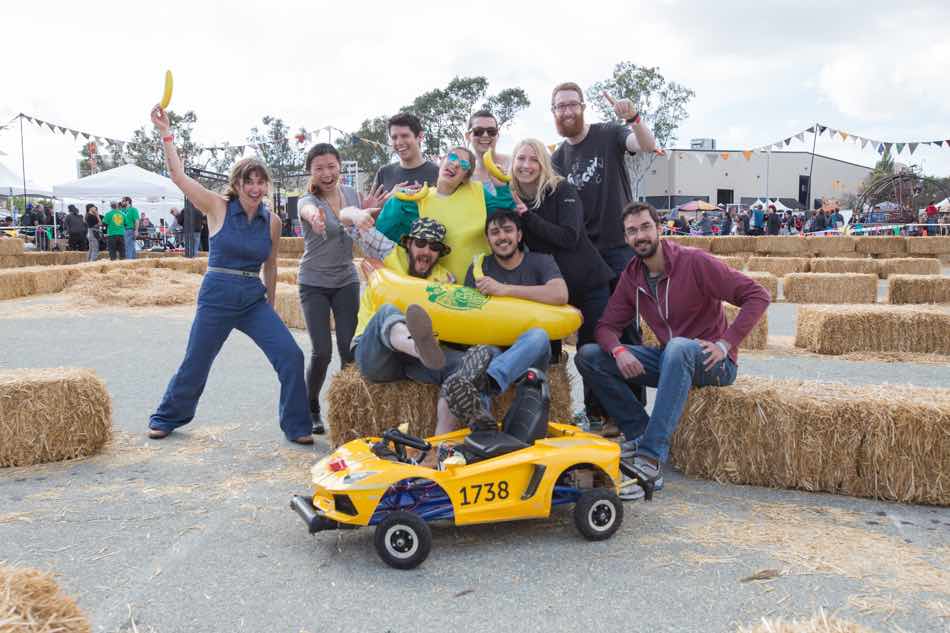
This past weekend, we returned to Maker Faire with tools in hand for a live teardown of the 3Doodler Pen with Kickstarter on the Maker Pro Stage.
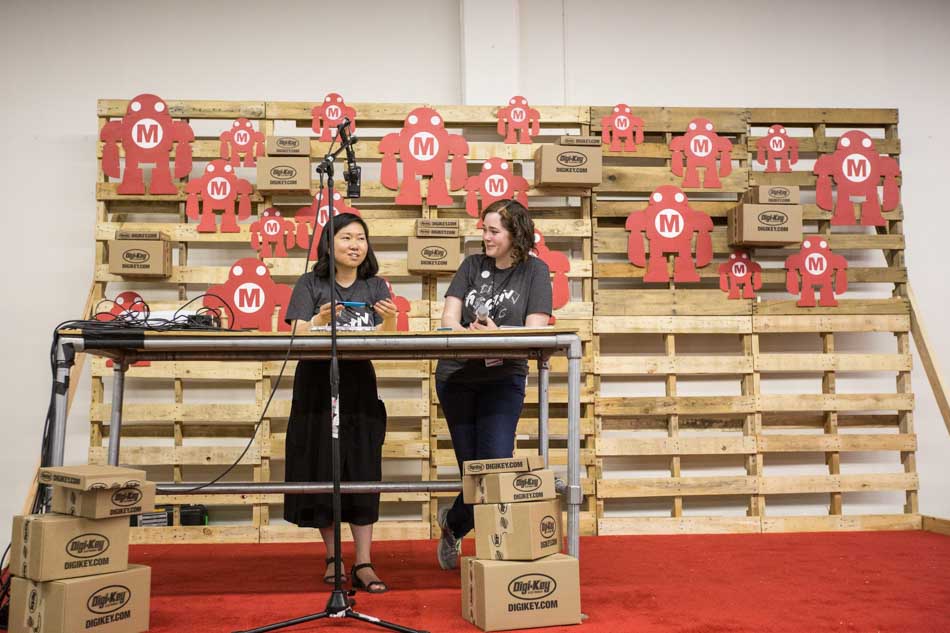
This was a fun event for us since teardowns have been in the DNA of Fictiv since the very beginning, as an important way to share our passion and knowledge around how physical products are made.

To further share key insights collected from Fictiv teardowns over the years, we curated our best teardowns in a new visual collection: Teardown Vol 1, available for pre-order today, ships June 7th.
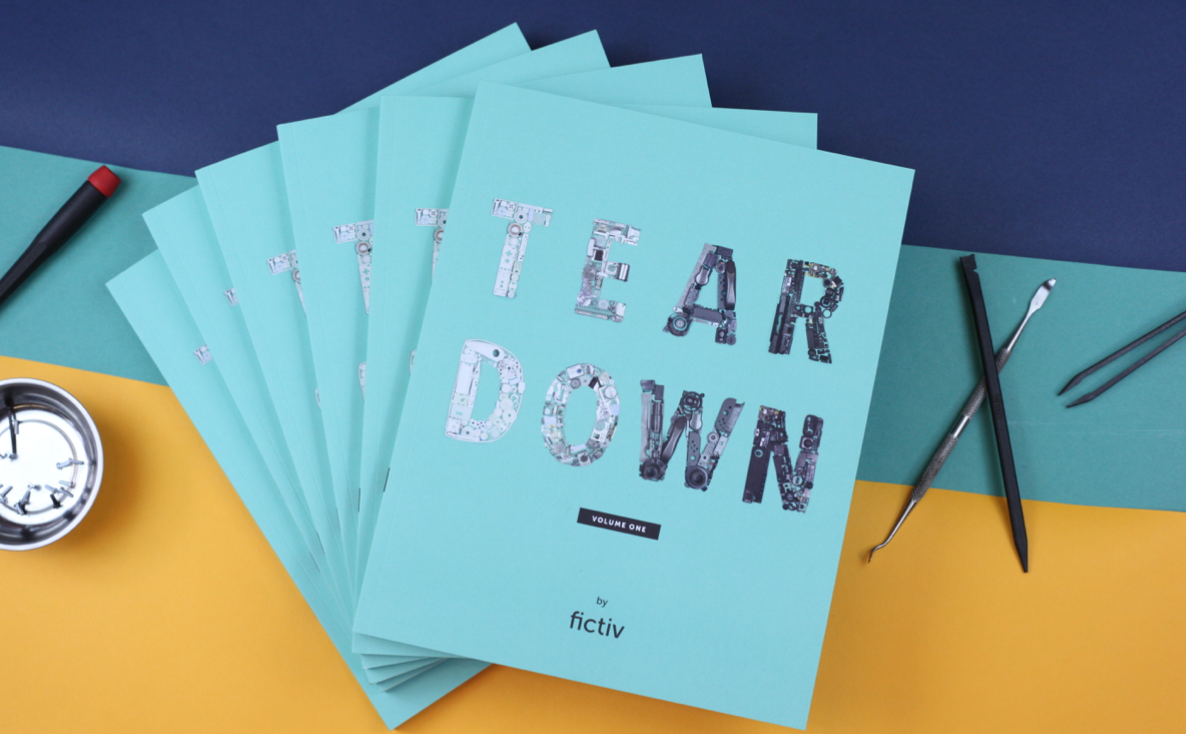
Because we love Maker Faire so much, we brought a few pre-sale copies for our eager audience at the live teardown event:
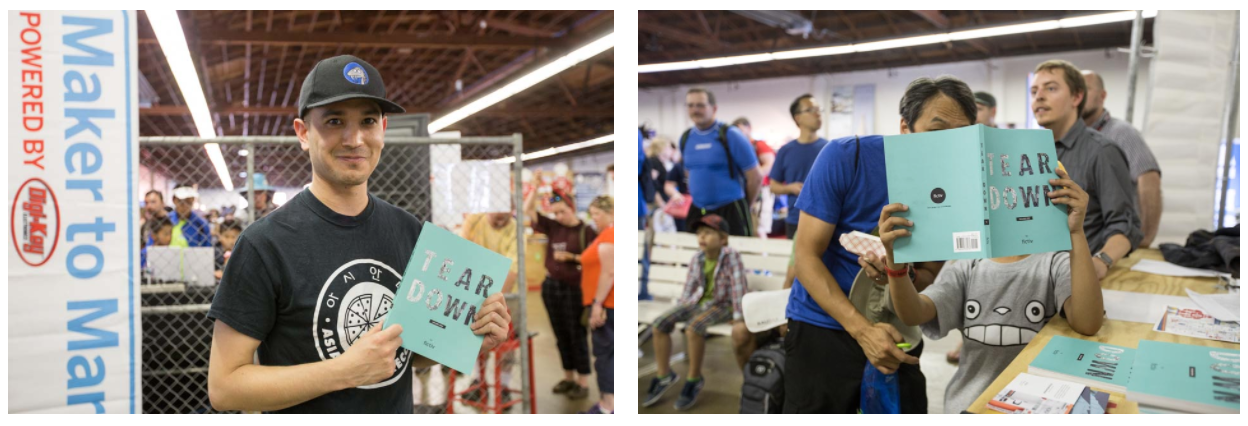
Check out our full collection of online teardowns here, and visit the Fictiv Toolbox to pre-order Teardown Vol 1!
3Doodler Teardown Insights
The 3Doodler is “The World’s First 3D Printing Pen” and one of the most successful companies built on the Kickstarter platform. Since then, WobbleWorks, the company behind the pens, has shipped over one million pens. For our teardown, we got our hands on the 3Doodler Create, the 3rd generation of its original pen, and the kid-friendly 3Doodler Start.
Both pens work by extruding heat-softened thermoplastic that cools quickly into a solid, stable structure, allowing for free-hand creation of three-dimensional objects. 3Doodler Create can use ABS, PLA or Flexy (a TPU filament), while 3Doodler Start uses a proprietary home-compostable plastic that melts at a much lower temperature.
Here are some of the key insights we uncovered in the teardown of each pen:
3Doodler Create
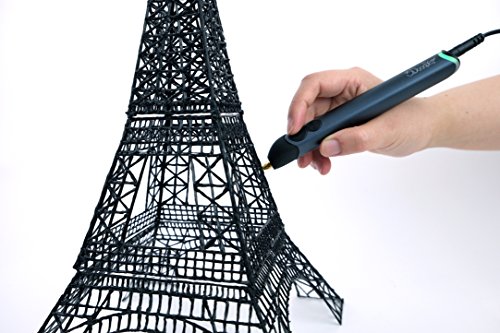
- The outer body shell is an aluminum extrusion. Holes for buttons and ports are CNC milled away. The enclosure is finished by bead blasting, type II anodizing and lastly the logo and serial number are laser engraved.
- The internal plastic chassis is made up of glass filled nylon, which is stiff and heat resistant (up to 260°C), making it ideal for being in an environment that heats up to 180°C.
- The pen tip sleeve is made of silicone, another heat resistant material commonly used in cookware.
- The fan motor is mounted away from the pen tip, but the fan blades blow air toward the pen tip regardless.
- Filament is pushed towards the nozzle via a single worm gear.
3Doodler Start
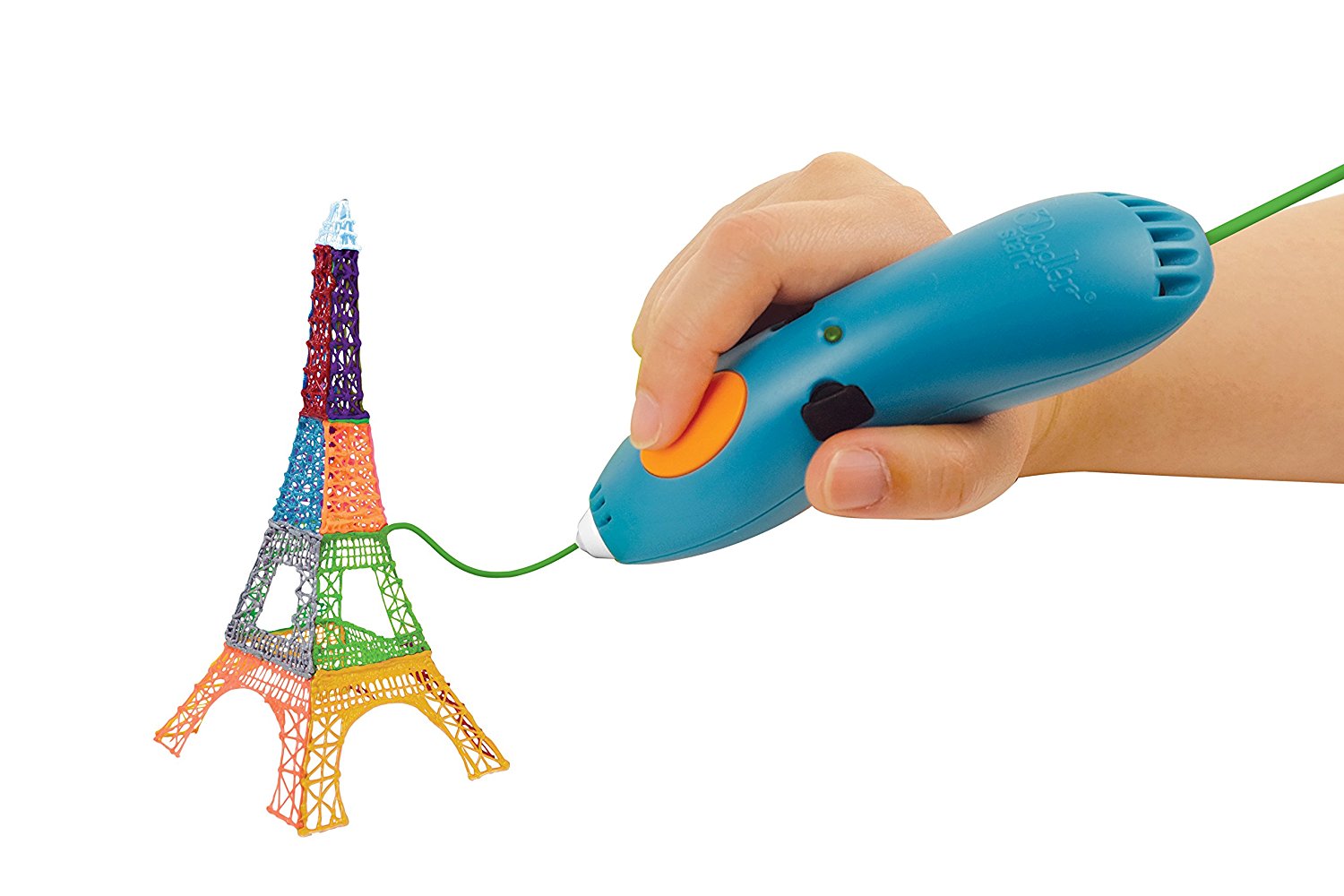
- Since Start uses a special filament that softens at only 40°C, heat resistant materials are no longer a requirement in this product. Therefore, the outer body enclosure and internal plastic components are made of ABS plastic. Even the extrusion nozzle is plastic.
- Outer body shells are ultrasonically welded together, making this product much more difficult to take apart (and safer for kids!)
- Start is much larger than Create because it has 2 LiPo batteries to enable wireless doodling.
- Compared to the easily-accessible internal components of Create, Start seals away its extrusion mechanisms and motors within an internal chassis.
- The internal chassis pieces clamp together via snap fits, easy for factory assembly and rework. We heard from the inventor of this pen that there used to be many screws, but they were gradually engineered away during the iterative design process.
Until Next Year, Maker Faire
A big shout out to our friends at Kickstarter for making this awesome event happen and also to the 3Doodler team who provided the products for the teardown.
Maker Faire is always a really fun experience and we’re already looking forward to next year’s event!









